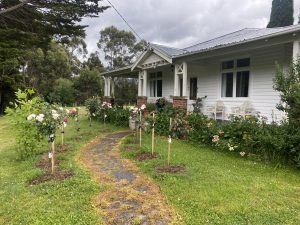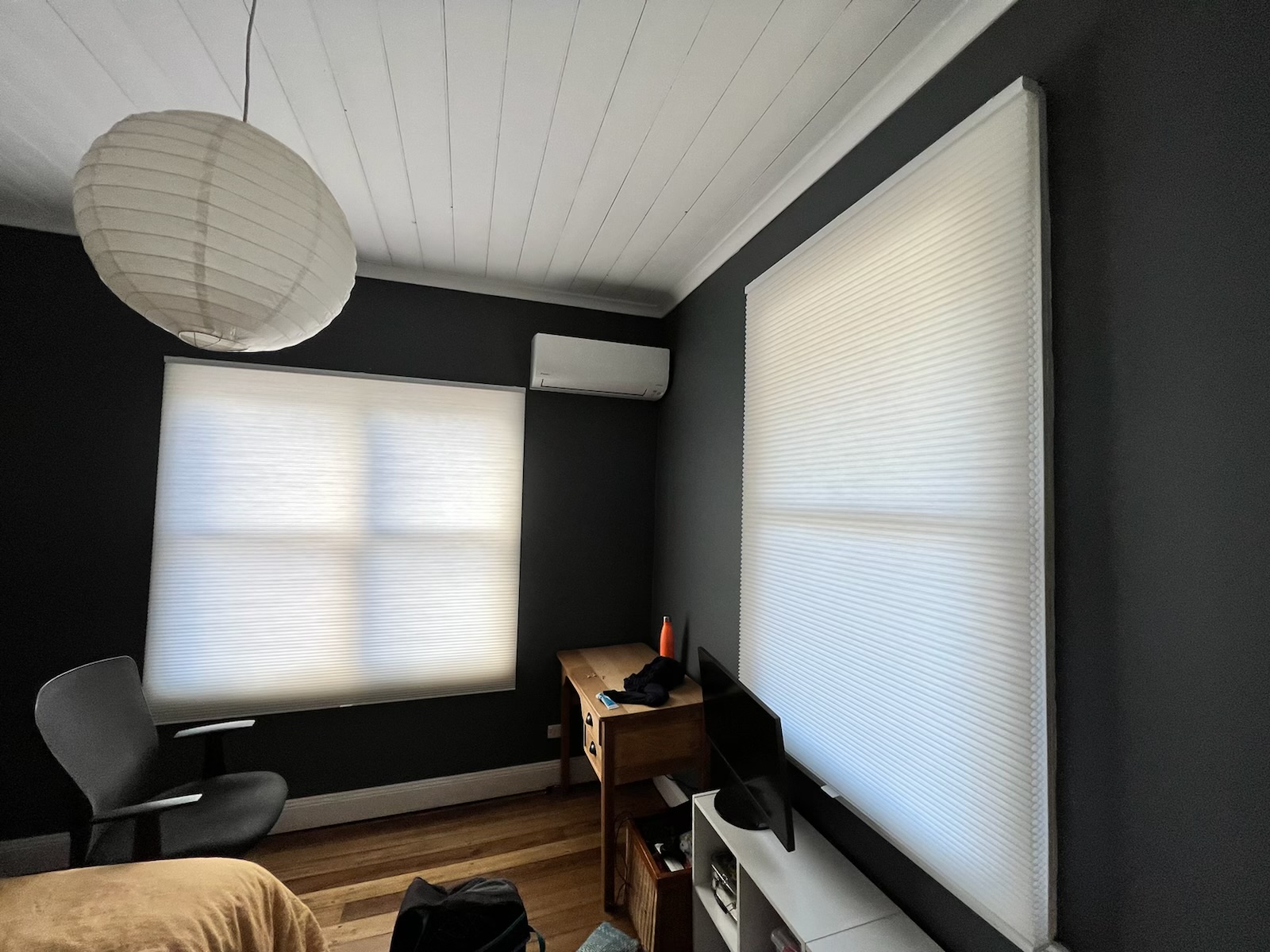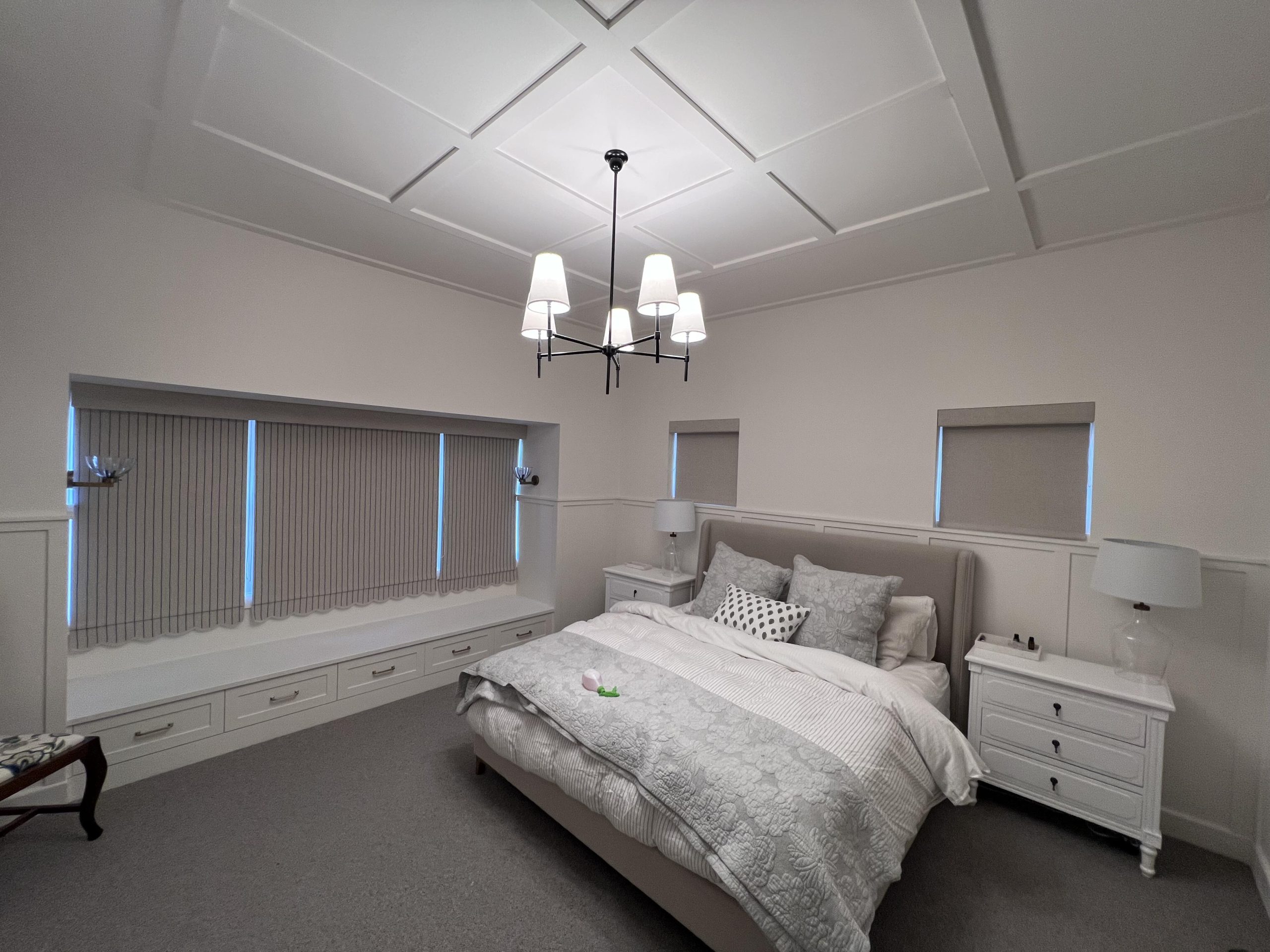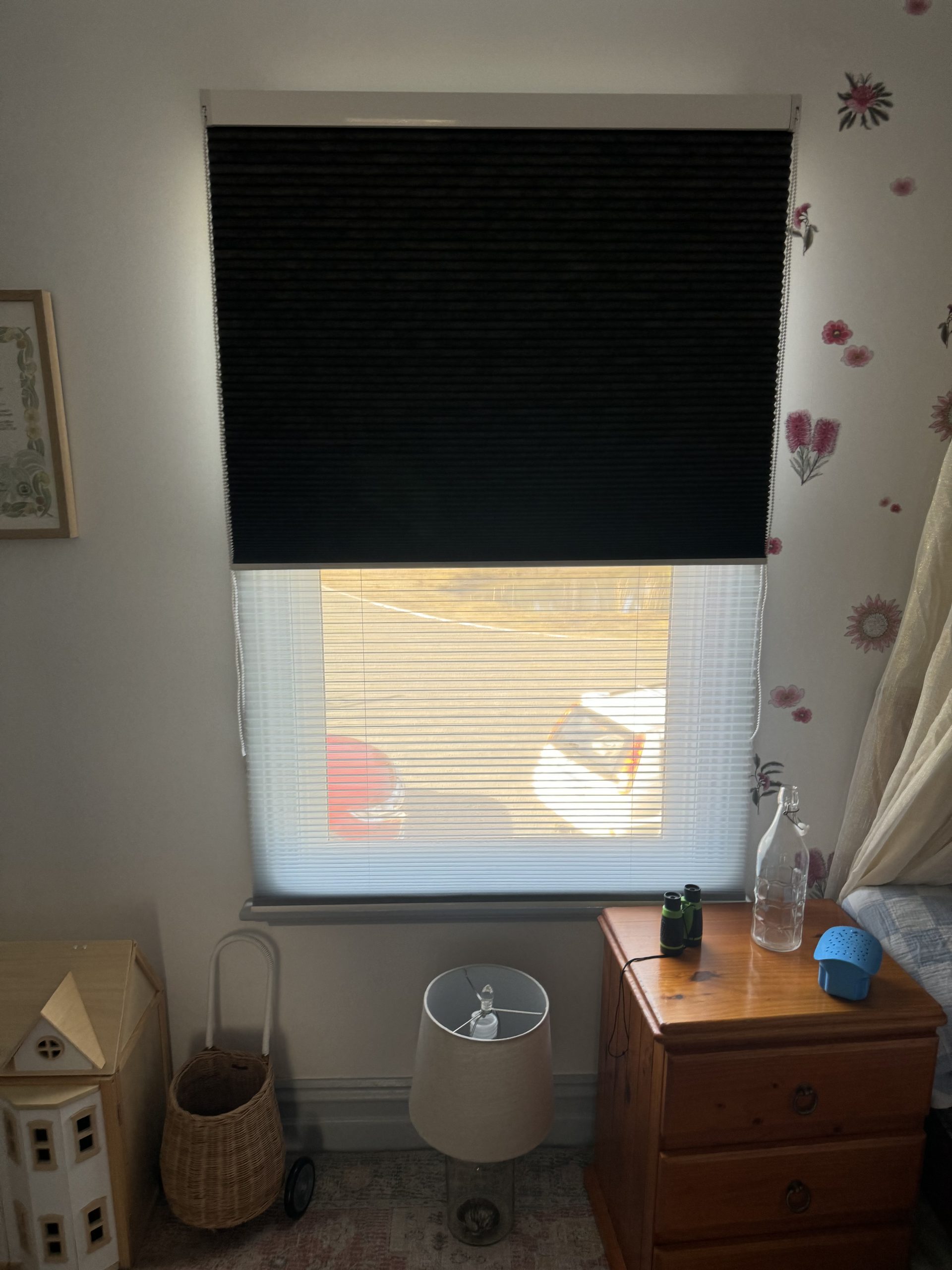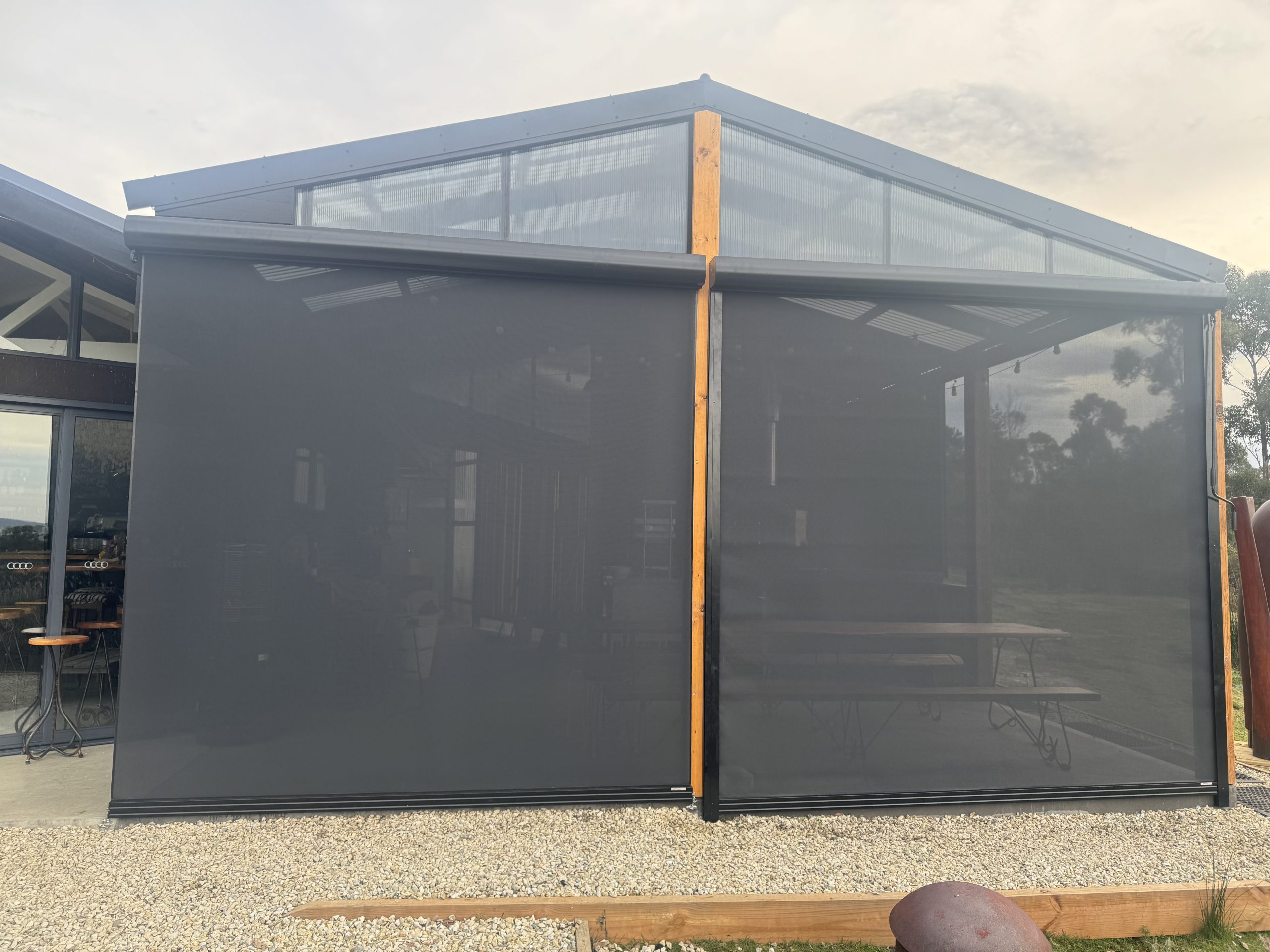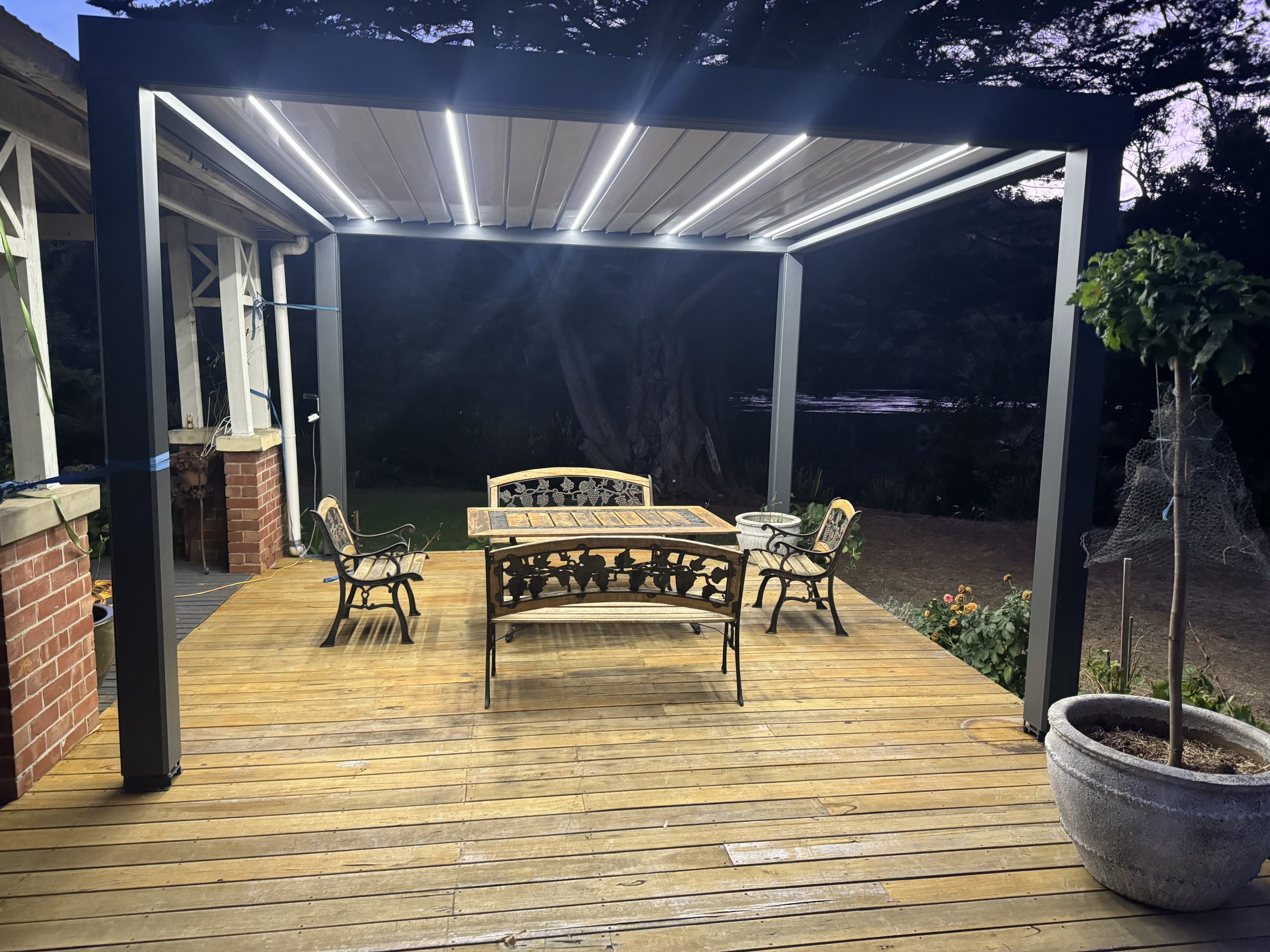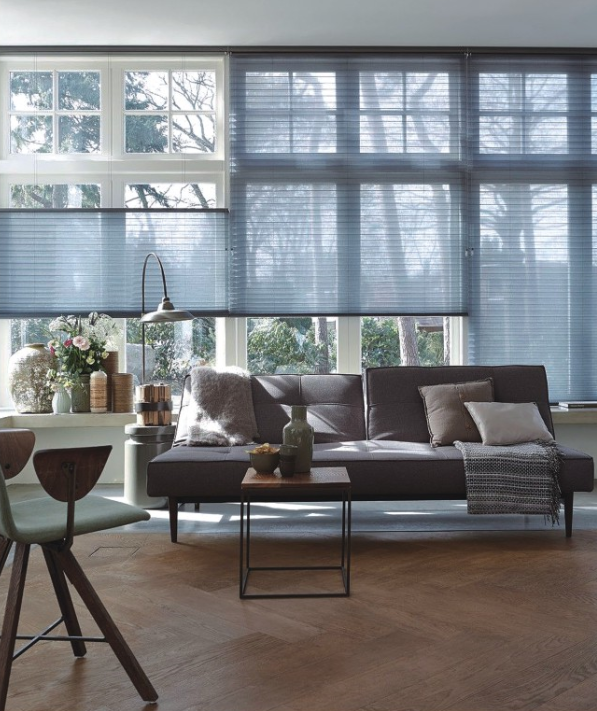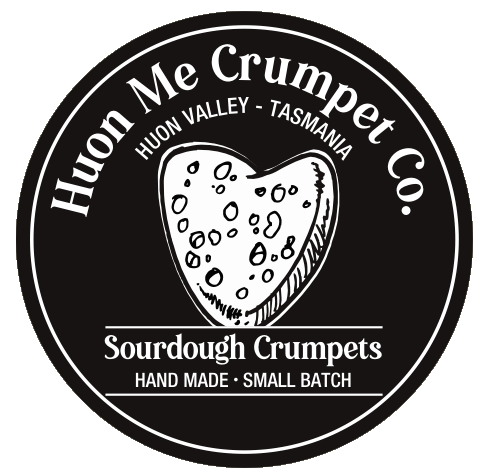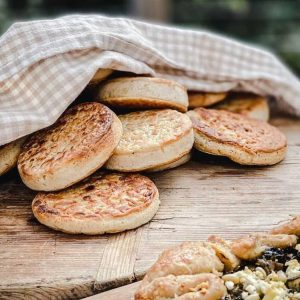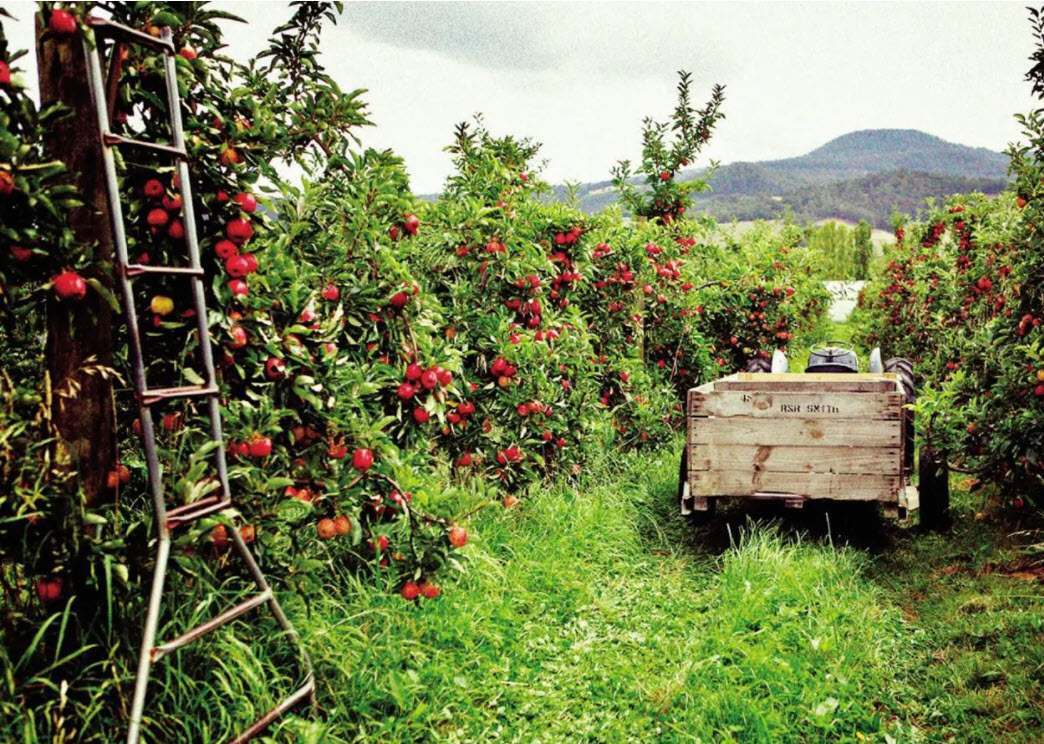One of the Apple Isle’s main produce bowls, this pretty region has plenty of appeal for foodies and nature lovers.

Most of us could name a handful of apples; pink lady, granny smith and red delicious are household names. Spend any time talking to the apple farmers, or even amateur backyard growers, of the Huon Valley and you’ll soon learn there are hundreds more, with names as exotic as frequin rouge and kingston black. This region south of Hobart is one of Tasmania’s great food bowls, and orchards are everywhere, laid out neatly like tapestries or dotting the roadside, wild and gnarled. Just as iconic to the area is the sparkly Huon River, best viewed when you first arrive with a scenic drive along the narrow Cygnet Coast Road. Every twist and turn reveals a charming vignette from tumbledown fisherman’s cottages and sailboats to flocks of swans and honesty boxes filled with fruit, eggs and cakes.
Andrew Smith of Willie Smith’s Apple Shed is the fourth in the family line to grow the region’s signature fruit. He’s built upon his great grandfather William’s legacy by turning the family’s 46ha of apples completely organic, and launching what has become one of the most celebrated cider brands in the country. Call in for a ploughman’s lunch and a tasting; the single-variety Bulmers-Norman style is about as elegant as this traditionally rough and rustic drink gets. If you prefer alcohol made of grapes, it’s a 20-minute drive to the sleek warehouse tasting room of Sailor Seeks Horse, which makes an exceptional pinot noir. On the way, it’s worth detouring through the tiny town of Ranelagh to admire the pretty white-and-yellow Huon Anglican Church, which has stood on its spot since 1896.
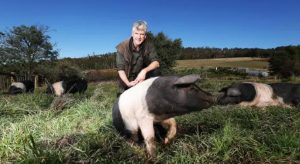
You can’t visit FatPig farm joining Matthew Evans, best known for his SBS show The Gourmet Farmer, at one of his legendary, four-hour, long-table lunches. It’s an event from the moment you arrive as Evans or his wife Sadie greets guests in the driveway before ushering everyone inside their farmhouse for drinks, hors d’oeuvres and conversation. The meal is bisected by a guided tour of the 28ha farm, where you’ll see the gardens and orchards that produce what you’re eating, as well as their family of black Wessex saddleback pigs (one prepared earlier will make an appearance on your plate).
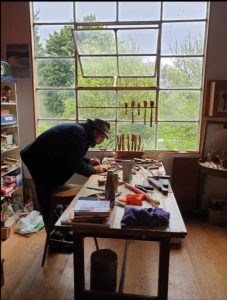
There’s something deeply soothing and satisfying about carving thick, butter-like shavings from a piece of wood until it begins to look like a real implement. This is the pleasure of a carving workshop with spoonmaker David Rauenbusch of Phoenix Creations in Cygnet. You choose your wood – Huon pine is a nice nod to the region, blackwood has a lovely depth of colour – and Rauenbusch guides you through each step, making sure you don’t accidentally carve too far and end up with a spoon of the slotted variety. As a bonus, his wife Michelle makes a top-notch chocolate chip biscuit for morning tea.
BEST Accommodation in Huon Valley
Cool jazz will be playing on the sound system when you step through the wide doors at Riverfront estate, just one of the thoughtful touches that make a stay here memorable. Virtually on the bank of the Huon River, you cant get much closer to the river, enjoy all the property has to offer.
